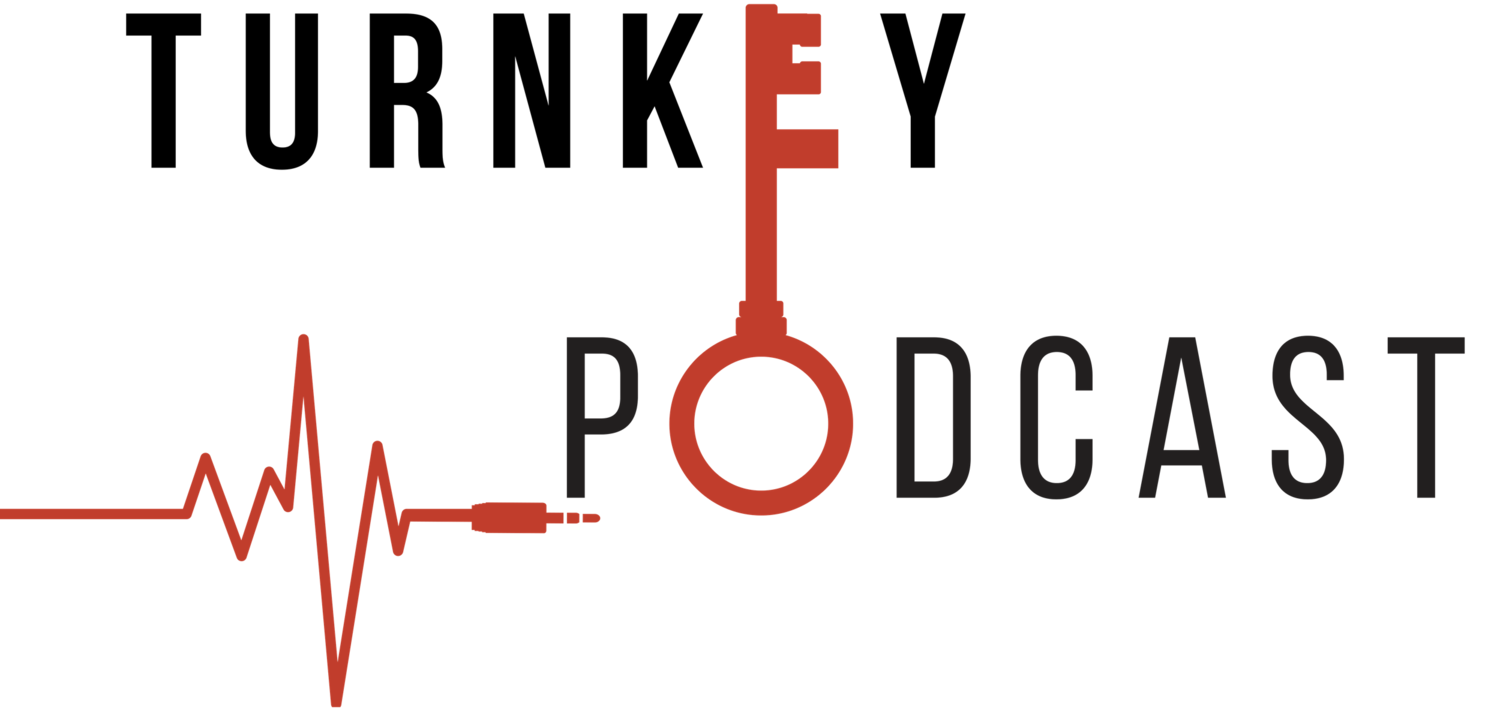Are you looking to turn your audio-only podcasts into more visually appealing content for different audiences?
Then you need to get into video podcasting!
Why Video Podcasting?
There are two main ways to do video podcasting, either film your entire podcast, use that footage with your podcast audio or create a visual for people to watch, using your podcast audio as a voice-over.
There isn’t a better way to do it, but if you use your podcast audio as a voice-over, it’s always best to make the visual move rather than use a still image.
How you do this is up to you but using stock images and video to create a bit of a video montage is always popular, as is using the spectrum waveforms when someone is speaking.
Video can take much longer to do, but if you are committed, you can do a few things to speed up the process.
Using LUTs
LUTs, or Look Up Tables, are popular amongst video editors because they can apply a certain “look” to a piece of video footage at the click of a button, saving time and effort for color grading.
This only really works if your footage is generally shot using the same lighting conditions, but it’s a popular trick for editors to use a LUT on their footage and then tweak it to get it just right for whatever video they’re working on.
This is how popular video content creators will get ‘their look’ onto their videos, regardless of where and when the particular piece of footage was shot.
Use Presets
Much in the same way as using LUTs speeds up coloring, having presets installed can save time and effort when editing video footage.
One of the most popular presets for videographers to create for themselves is the music over audio preset. This preset is a combination of compressors and EQ that allows editors to have music in the background of a video without it overpowering people’s voices.
Presets can be downloaded or created manually for practically anything when it comes to video editing, depending on the software you use.
Use Common Effects
More of a workflow productivity tip but creating a folder in your effects window to use as a bin for all of your ‘commonly used’ effects is an excellent idea and saves you searching for them every time you edit a video.
Popular effects could include a cross-dissolve effect, constant gain effect, crop effect, aspect ratio bars, and all kinds of other effects that you find yourself using regularly.
Set Up Templates
Templates may seem a bit like the devil when it comes to the creative outlet of video making, but they do save a heck of a lot of time!
Simple templates may include a pre-saved project file with all of your folders and bins setup and video assets imported (things like logos and backgrounds).
You could go further and even line up your lower thirds and callouts, as well as your intro and exit options.
